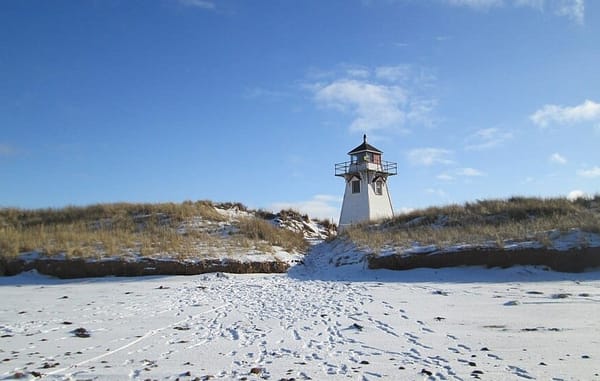Invasive Species: What to Watch Out for While Boating in the Chesapeake Bay

Invasive species are the number one threat to coastal and marine biodiversity (second to habitat loss). With its rich biodiversity and vital ecological significance, the Chesapeake Bay faces a growing threat from invasive plants and animals. These non-native organisms, introduced mainly by human activities, pose a serious risk to the delicate balance of the Bay's ecosystem.
Invasive species disrupt local flora and fauna, outcompete native species, alter habitats and cause long-term ecological consequences. Keep reading to discover some of the harmful invasive species to be aware of while cruising the Chesapeake Bay from private boat slip rentals in Annapolis, Baltimore, Chrisfield, Ocean City, Virginia Beach and other areas around the Bay.
Nutria
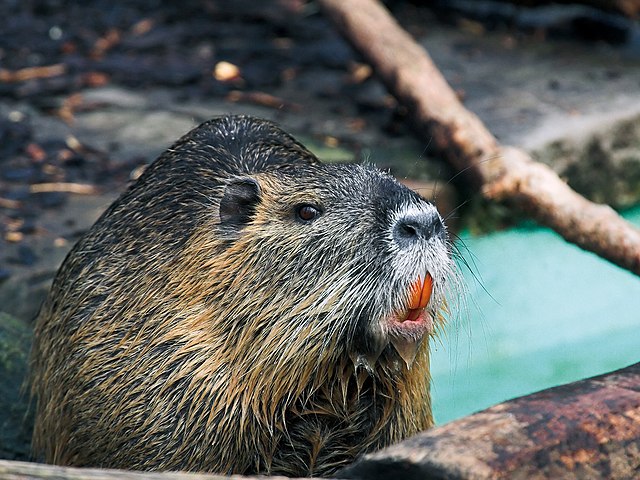
Photo: Wikimedia/Timo Sack/CC by SA 2.5
One prominent invasive species in the Chesapeake Bay is the nutria (Myocastor coypus). Originally native to South America, nutria are also known as swamp rats. This rodent has large front teeth and resembles a beaver. Nutria were introduced to the Bay region in the mid-20th century for fur farming. However, some escaped into the wild, leading to a population explosion.
Nutria are herbivores that voraciously consume aquatic vegetation. Their feeding habits have led to the erosion of marshes and wetlands. This not only affects the habitat of native species but also undermines the bay's natural ability to filter and purify water.
Blue Catfish
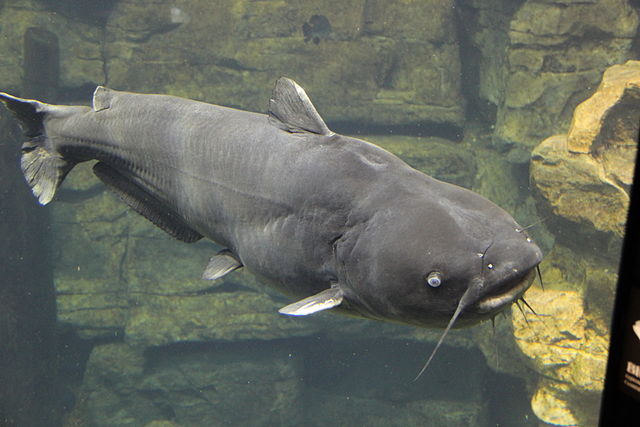
Photo: Wikimedia/Public Domain/CC by SA 1.0
Another invasive species causing havoc in the Chesapeake Bay is the blue catfish (Ictalurus furcatus). Introduced in the 1970s for recreational fishing, these formidable predators have rapidly multiplied and now pose a significant threat to native fish populations. Blue catfish outcompete native species for food resources. This disrupts the natural balance of the bay's food web. Efforts to control their population have proven challenging, highlighting the complex task of managing invasive species once they become established.
While invasive, blue catfish are also delicious. If you’re out on the Bay fishing from private boat dock rentals, reel in a few to feed the fam and help the Bay.
Zebra Mussels

Photo: Wikimedia/NOAA/CC by SA 2.0
Zebra mussels (Dreissena polymorpha) are small but highly destructive invasive species. Originating from Eastern Europe, these filter feeders have a remarkable ability to purify water. This, however, comes at a significant cost. Zebra mussels consume vast amounts of plankton, which alters the natural flow of nutrients and affects the base of the food chain. Their rapid reproduction and habit of attaching to hard surfaces, such as docks and water intake pipes, creates economic and ecological challenges.
Invasive Plants
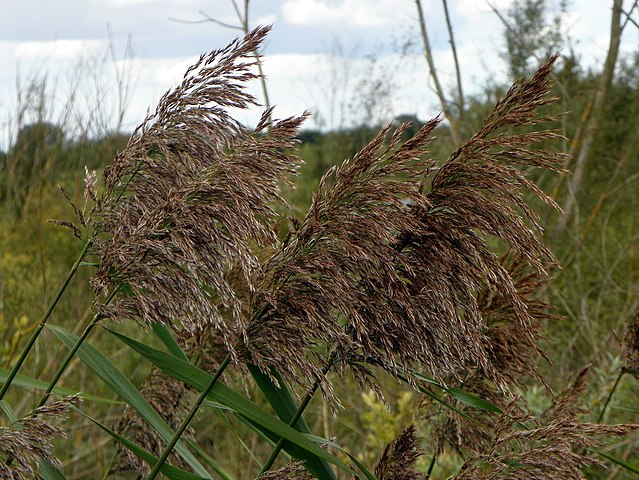
Photo: Wikimedia/Peter O'Connor/CC by SA 2.0
Invasive plants, such as the common reed (phragmites australis) and water thyme (Hydrilla verticillata), have taken root in the Chesapeake Bay marshes. Water thyme was introduced through the aquarium trade. Common reed seeds accidentally came to the U.S. in the ballasts of ships coming from Eurasia in the early 19th century.
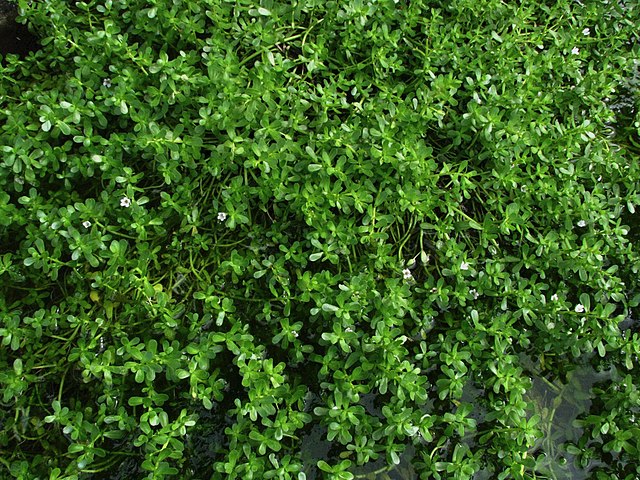
Photo: Wikimedia/David Eickhoff/CC by SA 2.0
These invasive plants alter the structure of the marshes and reduce the availability of suitable habitats for native species. The changes in vegetation also impact the migratory patterns of birds that rely on the Bay's marshes as crucial stopover points during their journeys.
We hope this has helped with identifying invasive plants and animals in the Chesapeake Bay. The next time you’re out and about from private boat dock rentals, keep an eye out and always thoroughly clean your boat and trailer to prevent the transport of these invasive creatures.
